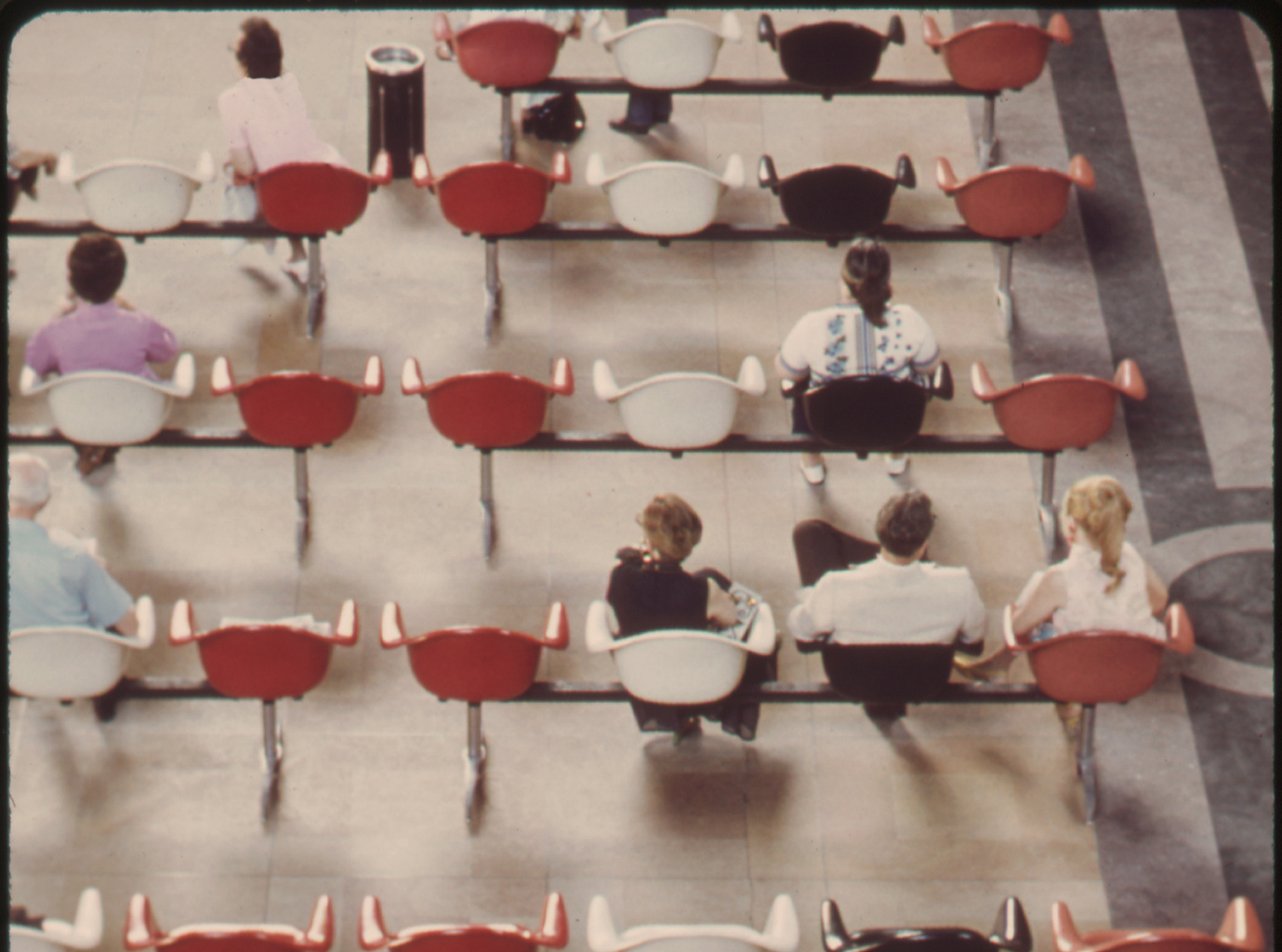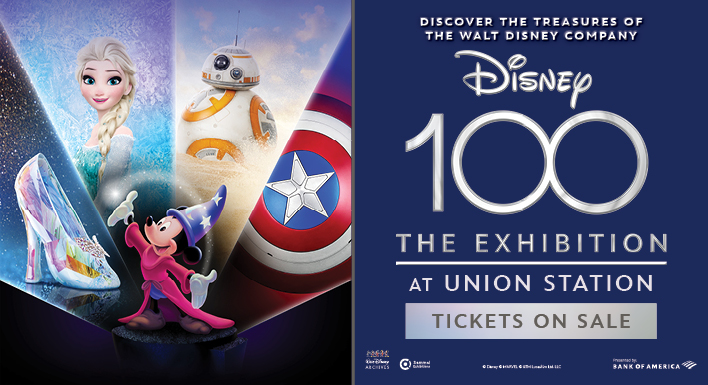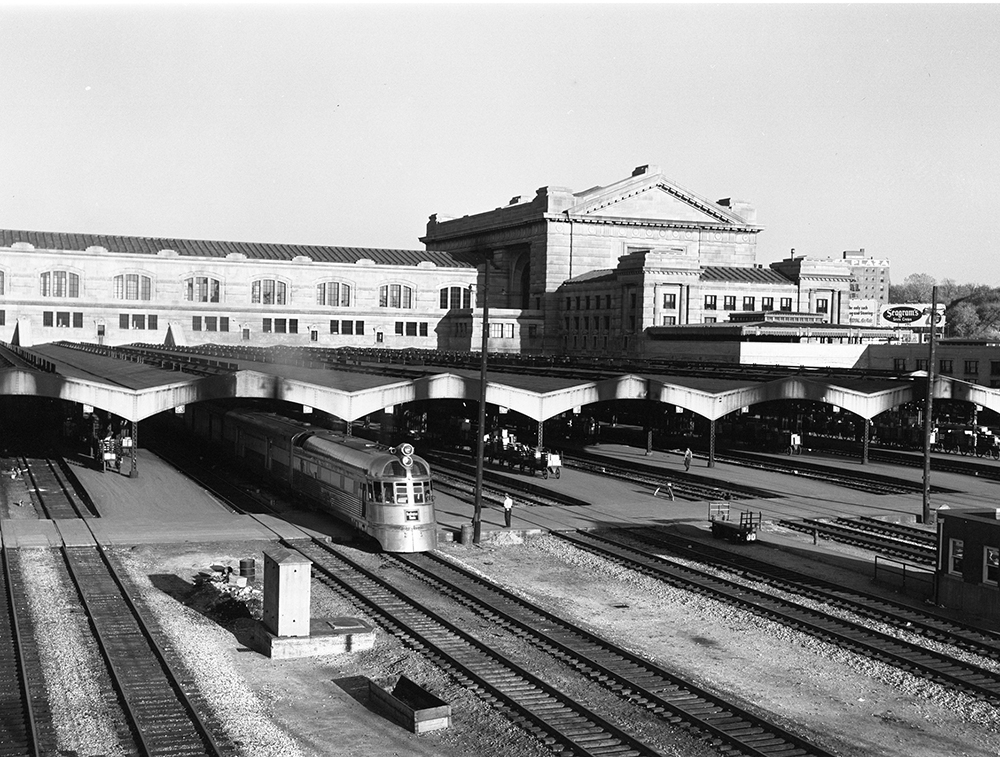Union Station has been Kansas City’s railway hub since 1914, but our city’s love affair with the rails goes back even further than that! Thousands of miles of rails converge in the heart of our city today. So, how did we get here? Punch your ticket and find your seat—we’re about to give you a very brief history of railroads in Kansas City!
From the River to the Rails
Even before Kansas City was established, our banks of the Missouri River were a crucial vein of commerce in the Midwest. As mighty steamboats chugged up and down the river, our city grew with every person and pound of goods they carried. But to ship those goods to communities deep into the West, railways became America’s primary mode of transportation.
On the Kansas side, history was written every day, with 3rd and Ann at the center of it all. On the Missouri side, the West Bottoms were booming from Hell’s Half Acre to Irish Patch! In 1869, the Hannibal Bridge would be built to unite both Kansas Cities as one forever. At the dawn of the 20th century, steam whistles blew the soundtrack of progress along the Burlington Route.
Uniting a Nation
Early into the 20th century, Kansas City became America’s hub for rail travel through the Union Depot. From Agusta to San Francisco and Baton Rouge to Bismark, more and more trains arrived and departed every day. However, as the buildings grew bigger, the West Bottoms would fall victim to a tragedy that would stop rail travel in its tracks.
In 1903, floodwaters from the Missouri halted all rail travel in KC. With the weight of a growing nation on our shoulders, the biggest names in rail travel at the time set aside their differences to unite the nation with a committee of 12 independent lines coming together to form one railway.

A New Epoch
This union would form the Kansas City Terminal Railway, which is where our beloved Union Station gets its name! In 1907, Jarvis Hunt proposed the original design for Union Station. But it took over three years to negotiate the 140-page agreement that allowed the city to break ground. The final vote sealed the deal in a landslide of 24,522 to 708 result. The city’s reaction to the vote made front-page news the next day.
“The solution to the station and terminal problem marks the beginning of a new epoch for Kansas City. The best terminal system in the country is now in sight.”
After 4 years of hard work, the backs of Kansas City citizens built one of the most monumental buildings in the history of rail travel. Just after midnight on November 1st, 1914, the Missouri-Kansas-Texas Flyer won a national race to be the first train to arrive at the station. This would begin a new era in rail travel that put Kansas City on the map.
Taking Off and Slowing Down
Over the next half-century, Union Station would not only become the nation’s hub for rail travel, it would become the gathering place for the Kansas City community. Through both world wars, millions of people, and countless freight cars, railroads connected more than just destinations. Dozens of rail lines ran through Union Station in our early history, with the most notable being the Kansas City Southern, Santa Fe, and Union Pacific lines.
At our peak in 1945, Union Station handled over 72,000 trains. By 1971, that number had dwindled to just above 5,000. This decline was largely due to the advent of the interstate highway system. As the KC International Airport opened its doors in 1972, Union Station became quieter than ever. Railroads in Kansas City eventually stopped service to Union Station, with the last train leaving in 1985.

Riding On
Over the next decade, Kansas Citians would rally around Union Station to reopen our doors. On November 5th, 1996, the bistate tax was approved, and Kansas City’s railroads roared to life once more in December 2002. Amtrak resumed operations, and today, the Southwest Chief and the Missouri River Runner carry on KC’s proud railroading tradition.
The Best Is Yet to Come
For goods making their way across the US and passengers on the trip of a lifetime, Union Station is proud to welcome everyone the same way we have for over a century of service! Kansas City’s railroads continue to make history as one of the top 5 busiest railway hubs in America.

We have amazing memories from the past, but our favorites are yet to be made! Plan your visit to Union Station to make history where millions of people have before you. We’re excited to welcome you aboard!
Sources: Spivak, J. (1999). Union Station Kansas City.

